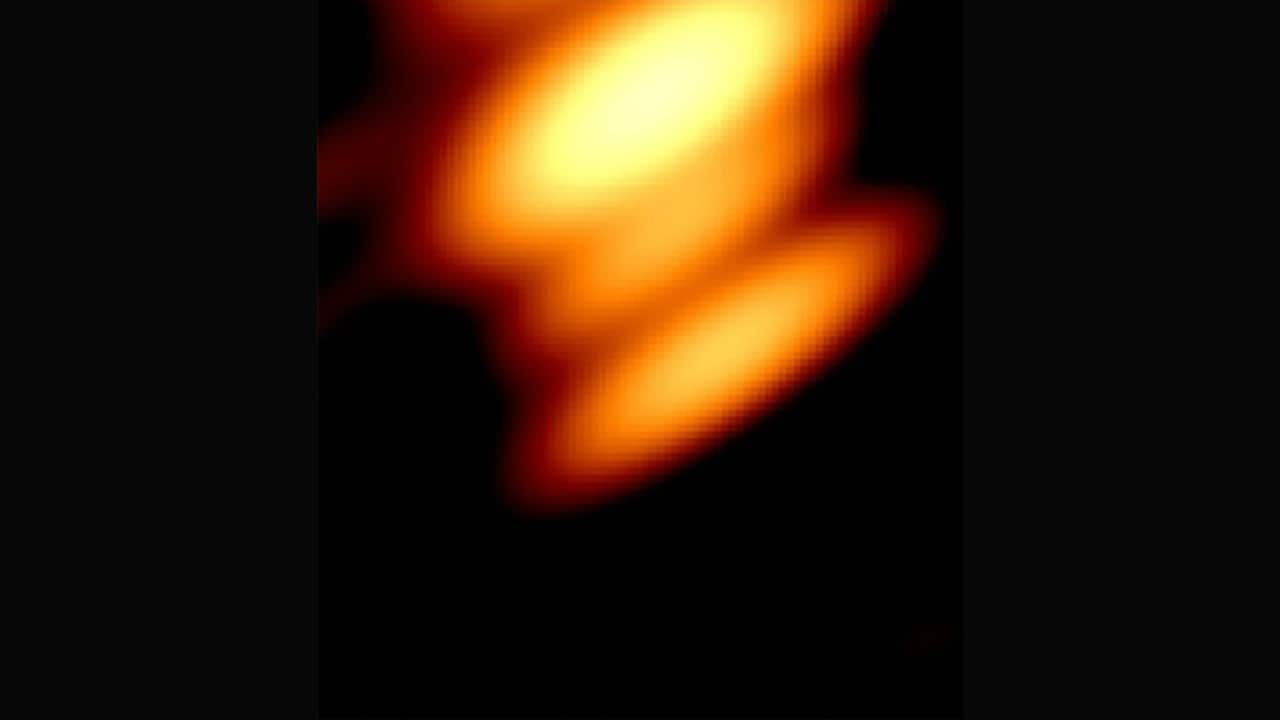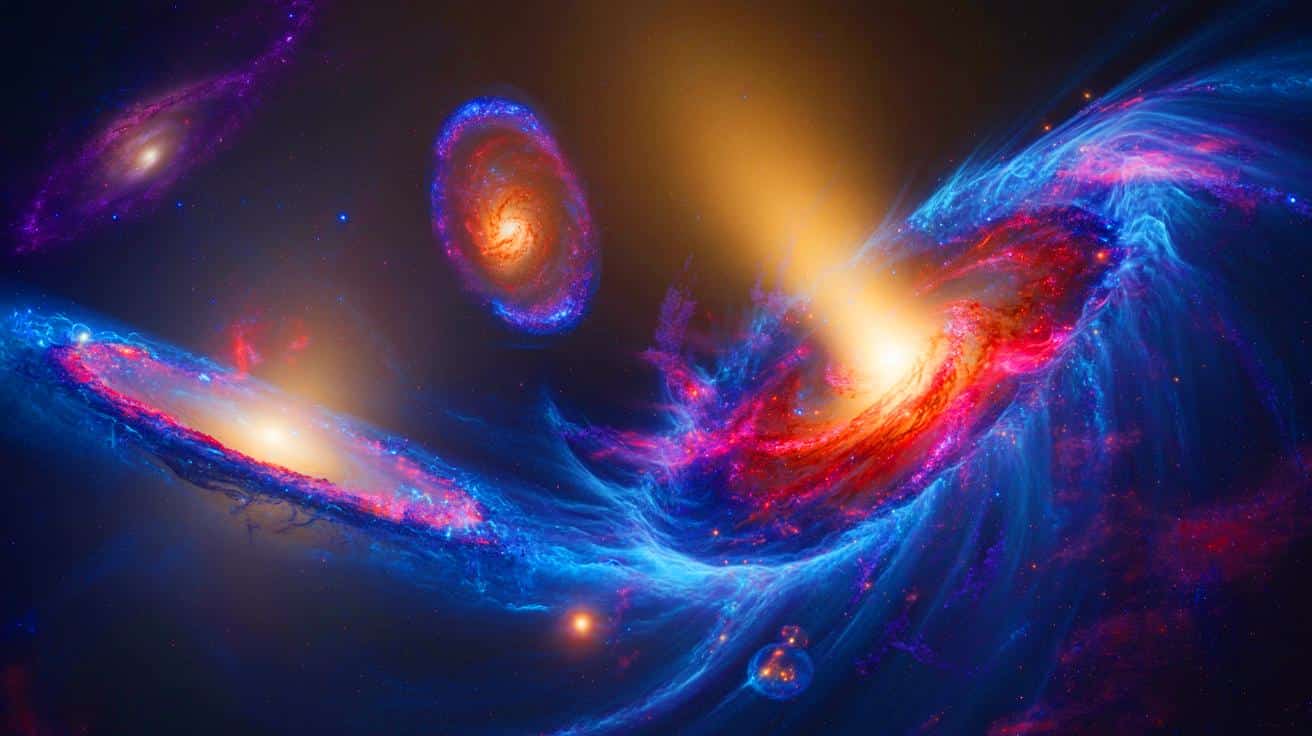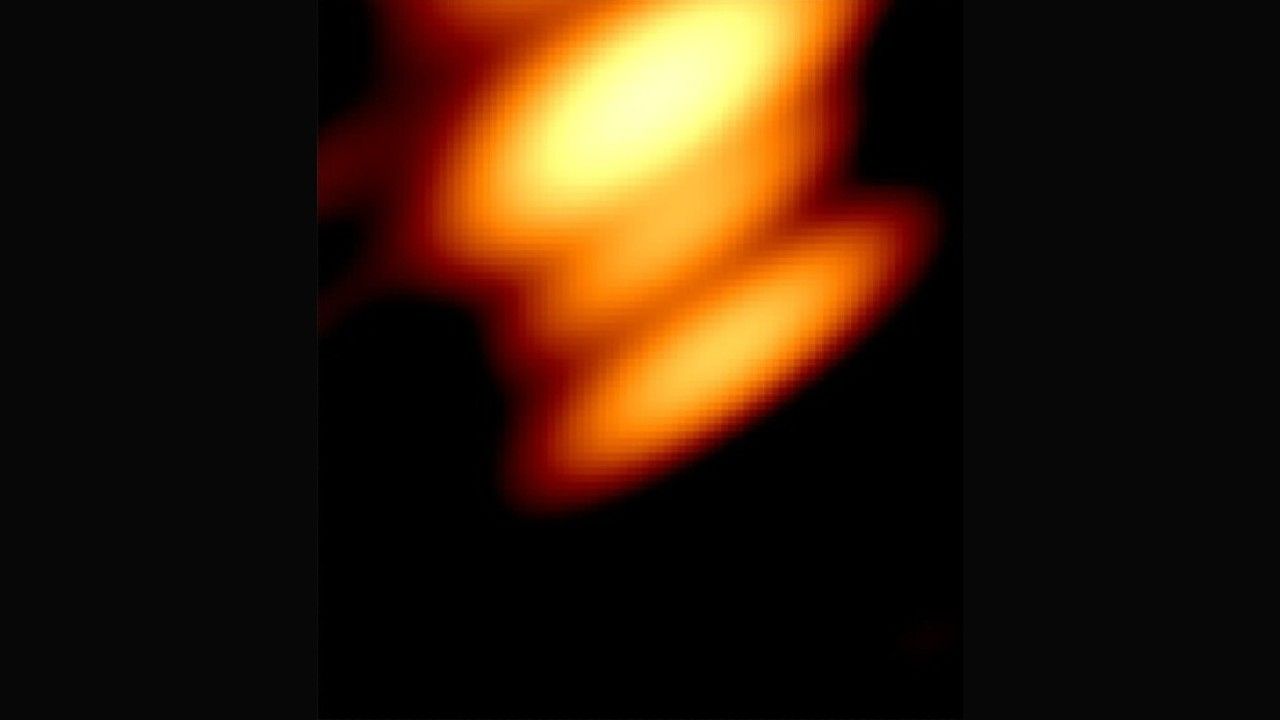Astronomers Discover the Smallest Dark Object Ever! Could This Change Everything?

Have you ever wondered what secrets the universe holds? Well, brace yourself because astronomers have just revealed the tiniest dark object ever spotted—an astronomical find that could change everything we know about dark matter!
This monumental discovery came from an extensive collaboration of telescopes from around the globe, culminating in two groundbreaking studies published on October 9 in the esteemed journals Nature Astronomy and the Monthly Notices of the Royal Astronomical Society.
Imagine a shadowy presence that gives off no light or detectable radiation—this is the peculiar nature of dark matter. Scientists located this newfound object by observing its gravitational influence on the light from other stars, a phenomenon known as gravitational lensing. Essentially, they could see the object by how it distorted the light surrounding it, much like how a funhouse mirror creates a warped reflection.
Chris Fassnacht, a professor from UC Davis and co-author of the Nature Astronomy paper, expressed his excitement: "It's an impressive achievement to detect such a low mass object at such a large distance from us. Finding low-mass objects like this one is critical for learning about the nature of dark matter." It's a moment that could lead us closer to understanding the enigmatic composition of our universe.
This elusive object weighs about 1 million times more than our Sun, yet its identity remains cloaked in mystery. It could either be a dense clump of dark matter—approximately 100 times smaller than any such mass detected before—or perhaps an exceptionally compact, inactive dwarf galaxy. Could this discovery pave the way for unraveling the secrets of dark matter?
Dark matter, though invisible, is believed to sculpt the cosmos, influencing how galaxies and stars arrange themselves across the universe. One of the biggest questions in the field of astronomy is whether dark matter can form these tiny, starless clumps. Finding such objects could either support or challenge our current understanding of dark matter.
To detect this faint signal, researchers used a suite of powerful instruments: the Green Bank Telescope in West Virginia, the Very Long Baseline Array in Hawaii, and the European Very Long Baseline Interferometric Network which connects radio telescopes across Europe, Asia, South Africa, and Puerto Rico. Together, these telescopes acted as a single Earth-sized detector, revealing subtle distortions in light caused by the gravity of this mysterious object.
This new detection is significant, being about one hundred times smaller than any previous dark object found using this method. Devon Powell, the lead author from the Max Planck Institute for Astrophysics, remarked, "Given the sensitivity of our data, we were expecting to find at least one dark object, so our discovery aligns with the so-called 'cold dark matter theory' on which much of our understanding of galaxy formation is built." Now, the big question is: can they find more?
The research team is diligently sifting through data to unveil more about this dark object and to search for similar masses scattered across the universe.
This fascinating work was supported by various institutions, including the European Research Council and the National Research Foundation of South Africa, showcasing a global commitment to unraveling the mysteries of the cosmos.

























